- About us
- Support the Gallery
- Venue hire
- Publications
- Research library
- Organisation chart
- Employment
- Contact us
- Make a booking
- Onsite programs
- Online programs
- School visit information
- Learning resources
- Little Darlings
- Professional learning
The term ‘Broken Bay Tribe’ was used by European settlers to describe people from clans to the north of Port Jackson who spoke a common language, Kuringgai or Guringai. Kuringgai-speaking clans around the vicinity of Broken Bay and Pittwater included the Carigal, Erina, Narara,Terrigal and Wyong. In the decades after colonisation, as many Aboriginal people died of introduced diseases, some of these people joined other, Darug-speaking people from the south in camps around the growing settlement of Sydney. William Fernyhough (1809–1849), silhouette artist, lithographer and draughtsman, began working at JG Austin’s printing firm in 1836. His first production for Austin was a series titled Twelve Profile Portraits of the Aborigines of New South Wales, which included portraits of Punch, Cora Gooseberry and Cora’s husband, Bungaree – all from the north. The series was released as a set in 1836 and remained in print until the 1840s. It was suggested that it would make ‘a pretty present to friends in England as characteristic of this country’. The historian Richard Neville has observed that the silhouettes were not intended as caricatures; rather, these supposedly faithful likenesses would allow English buyers, in particular, to examine the portrayed individuals in the light of current phrenological and physiological theories.
Collection: National Portrait Gallery
Gift of Dr Robert Edwards AO 1999
Donated through the Australian Government's Cultural Gifts Program
Dr Robert (Bob) Edwards AO (13 portraits)
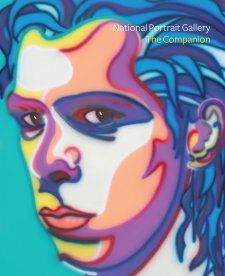
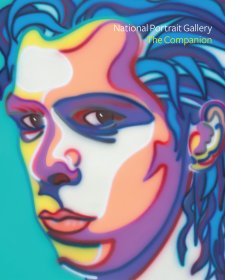
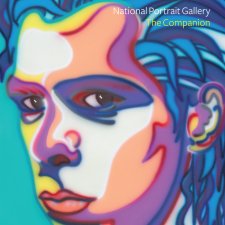
On one level The Companion talks about the most famous and frontline Australians, but on another it tells us about ourselves.
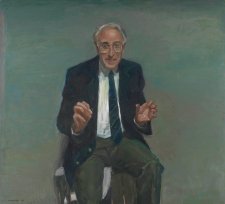
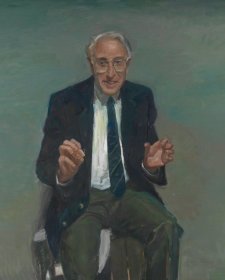
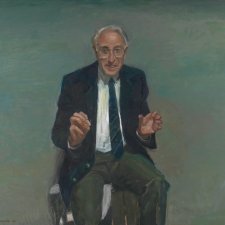
Drawn from some of the many donations made to the Gallery's collection, the exhibition Portraits for Posterity pays homage both to the remarkable (and varied) group of Australians who are portrayed in the portraits and the generosity of the many donors who have presented them to the Gallery.
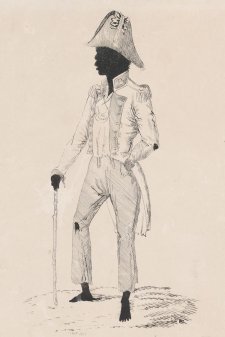
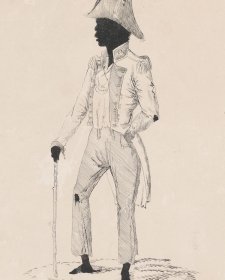
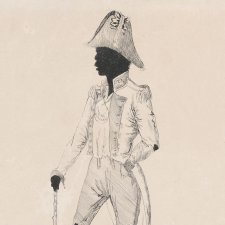
For Tom Roberts - Australia's best nineteenth-century portrait painter - neither a proto-national portrait gallery nor more popular collections of portrait heads, were sufficient public celebrations for the notables of Australian history